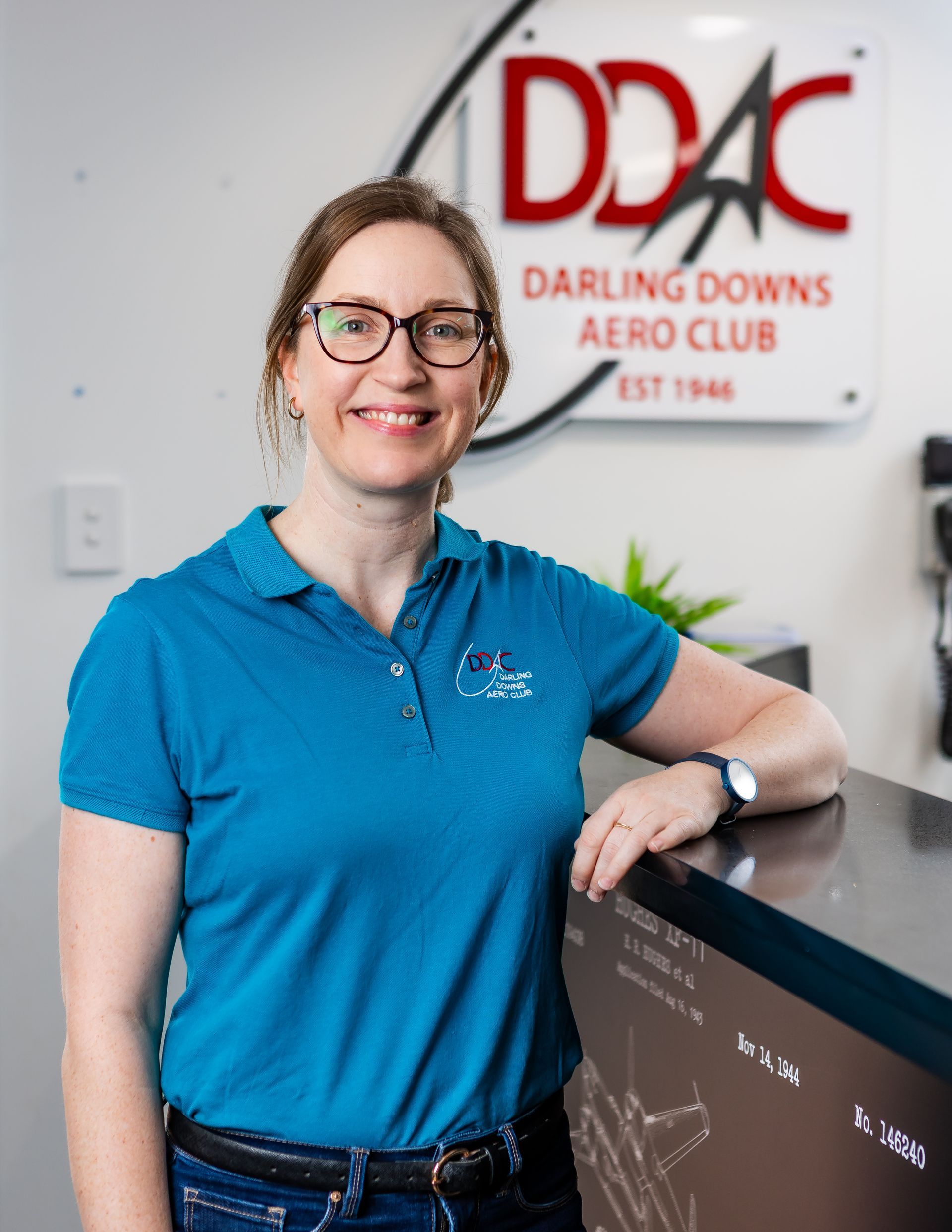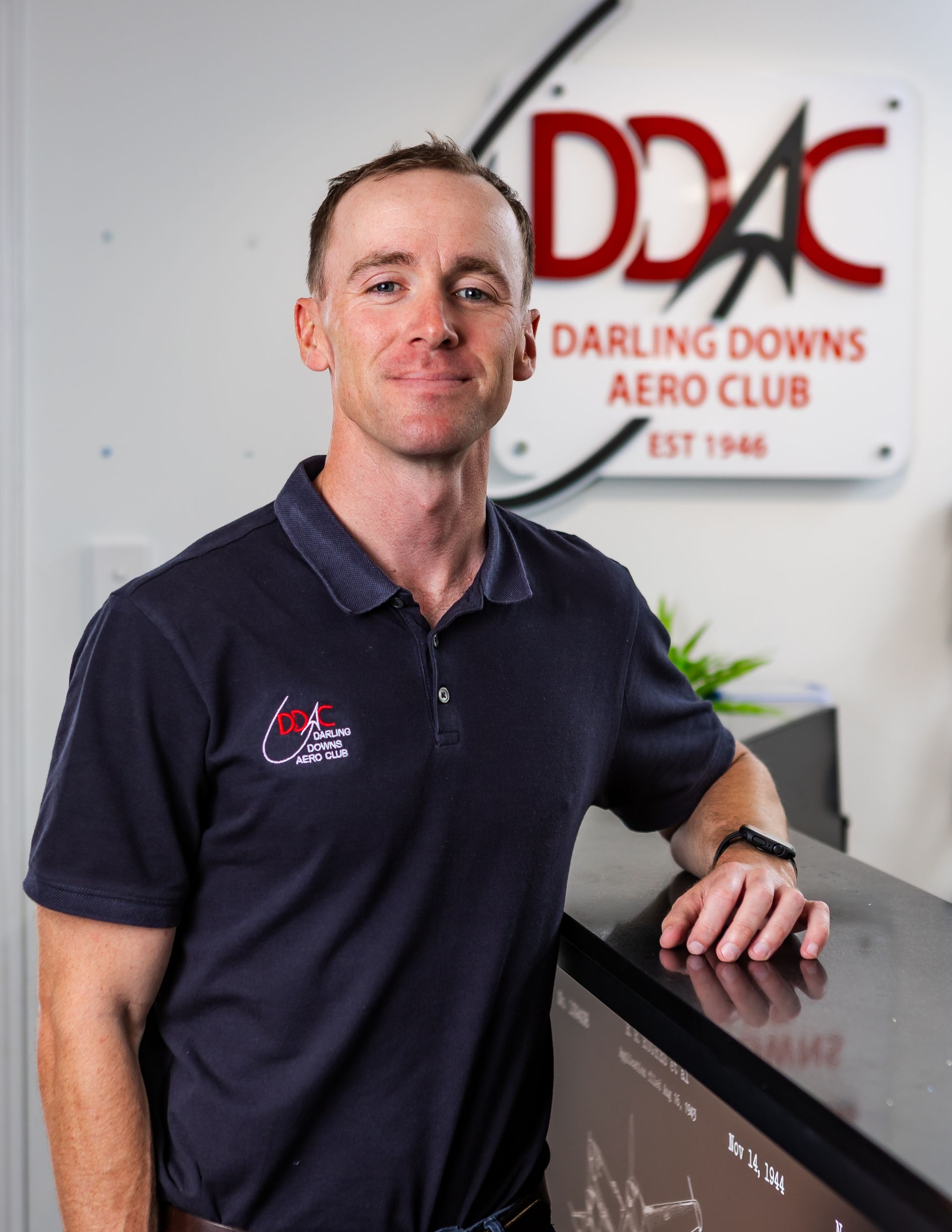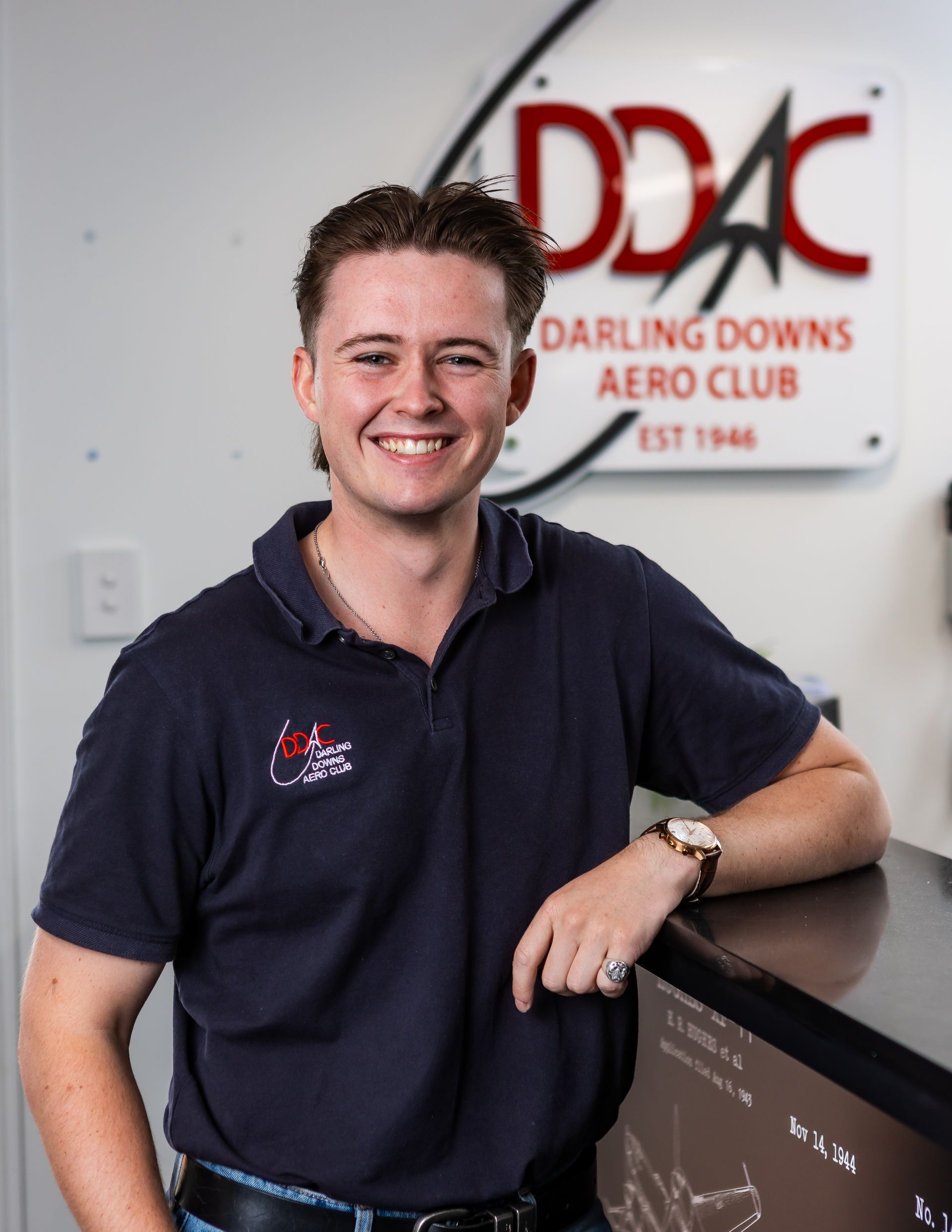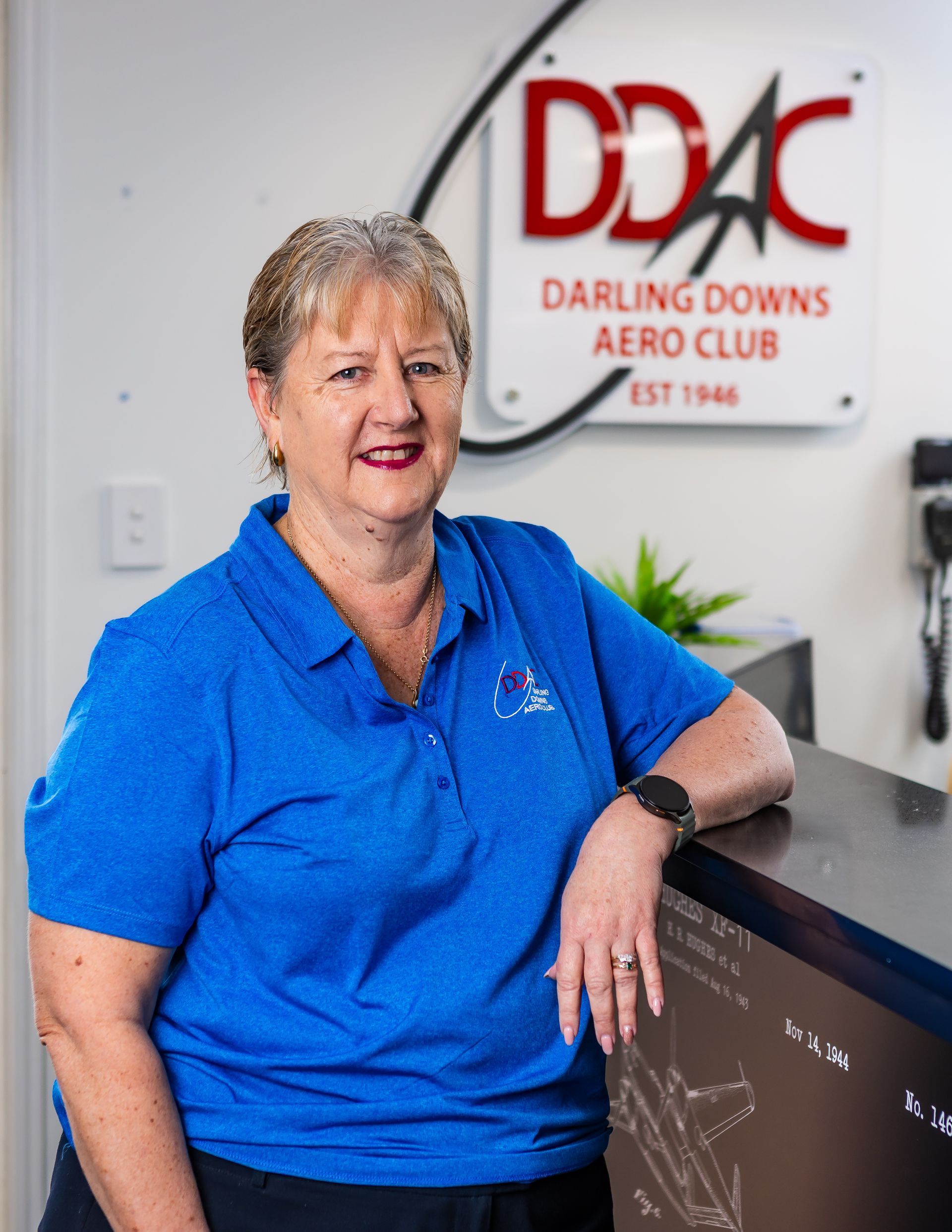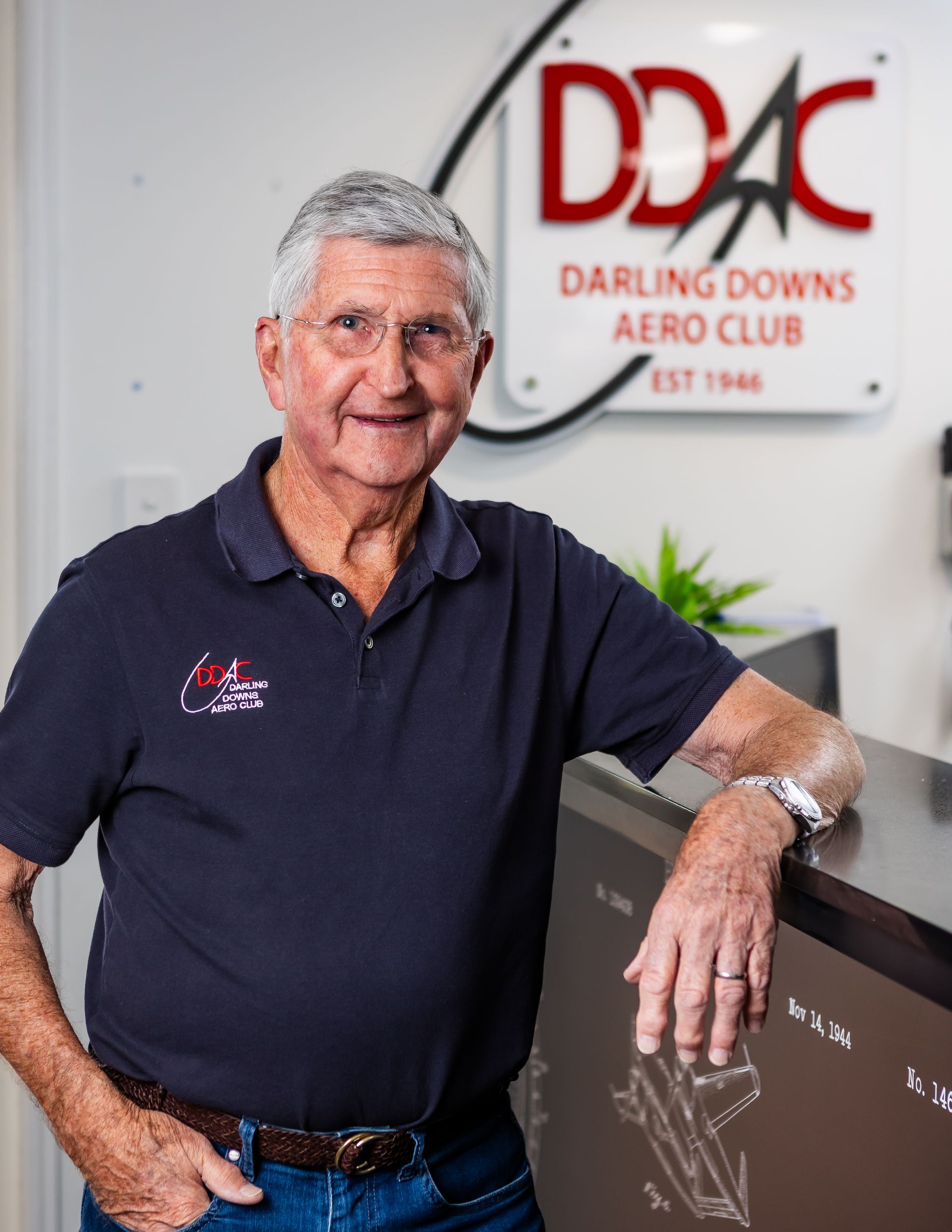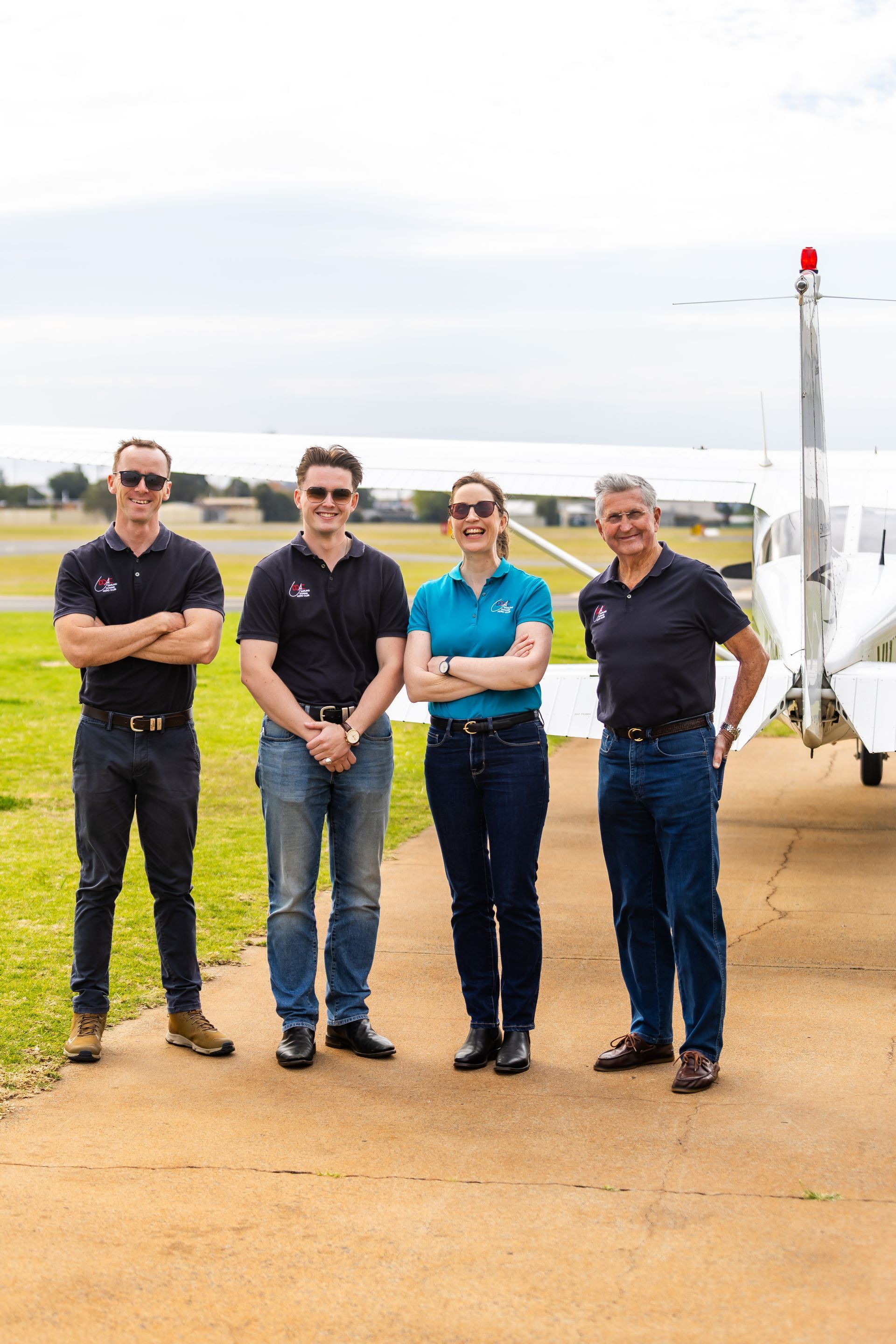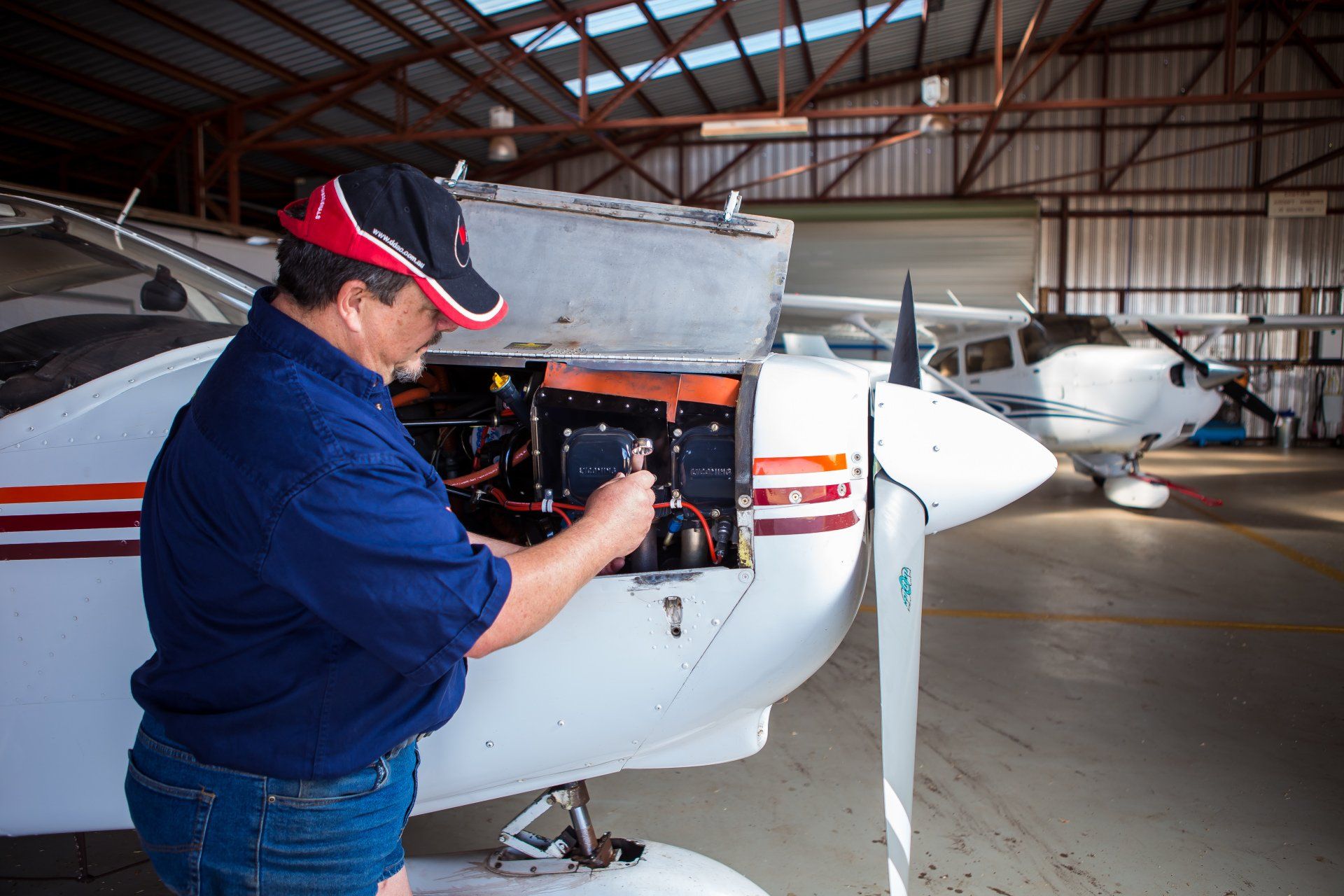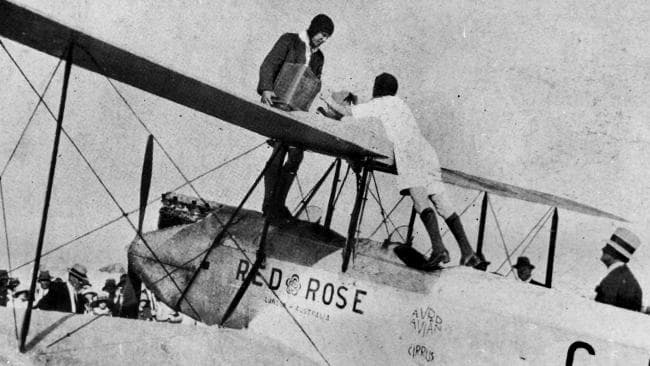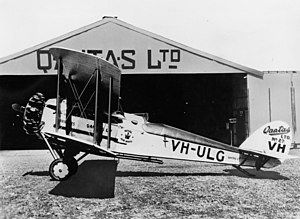About
Darling Downs Aero Club has been providing practical flight training in Southeast Queensland since 1946. Training students in order to be issued a CASA Pilots Licence.
The Team
Our professional team is here to help you with any questions or concerns.
Our flight instructors have real-world experience and aim to teach you safe and practical operating skills. Our in-house engineer makes sure our aircraft are maintained to an impeccable standard.
Flights
Trial Introductory Flight
A Trial Introductory Flight is a great way to decide if flying is for you. You will receive a pre-flight briefing and an introductory flying lesson. You will sit in the pilot's seat and fly the aircraft with guidance from one of our instructors. Gift vouchers are available and make a great Birthday or Christmas present.
Scenic Flight
Enjoy flying over Toowoomba city, the Great Dividing Range and Tabletop Mountain. Get a bird's eye view of some of the richest agricultural land in Australia and marvel at the magnificent patchwork quilt effect created by the coloured fields and farmland. Our scenic flights can be tailored to suit your individual needs.
Charter Flight
We deliver single-engine aircraft charter flights. Charter flights are tailored to your specific travel requirements. Charters are
conducted in our Cessna R182 or Cessna 172S aircraft under the Visual Flight Rules during daylight hours.
| Trial Introductory Flight-30 minutes | $AUD |
|---|---|
| PA-38 | $190 |
| C172 | $250 |
| Scenic Flight-60 minutes | $AUD |
|---|---|
| C172-2 passengers | $468 |
| C182-3 passengers | $580.50 |
Request Quote
History
Humble beginnings
The first aircraft to land on the present site of the Toowoomba Airport at Wilsonton arrived from Warwick in 1911. By 1928 the site was well established as an airport and the Toowoomba Aero Club had been formed.
At this time, QANTAS was operating a scheduled service from Brisbane at the Archerfield Airport to the Toowoomba Airport and onto the townships of Roma, Charleville and Longreach.
Gallery
In early 2000, DDAC extended the original office building to offer improved briefing rooms for students. Today, the principal objective of the Darling Downs Aero Club is the promotion of aviation in Australia and in particular, Southern Queensland. DDAC supports aviation in all its forms, emphasising safe, affordable and enjoyable flight. Anyone with an interest in aviation is welcome.

